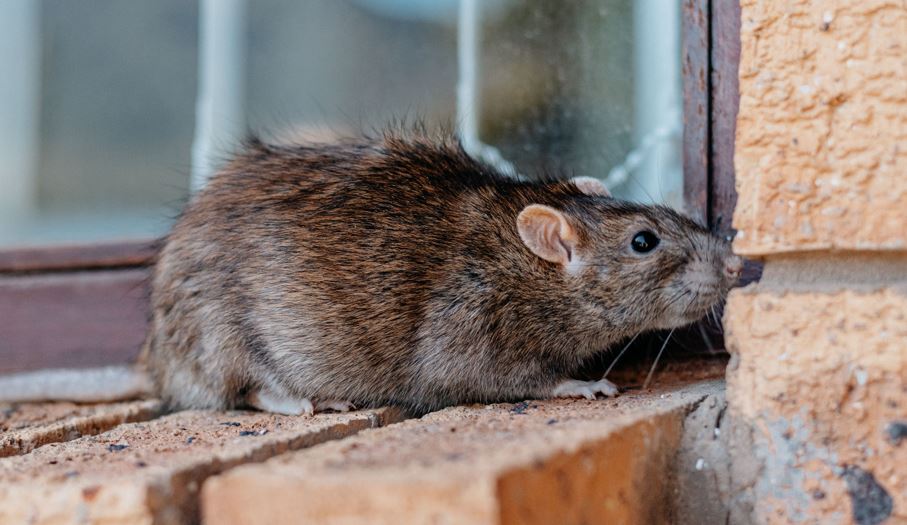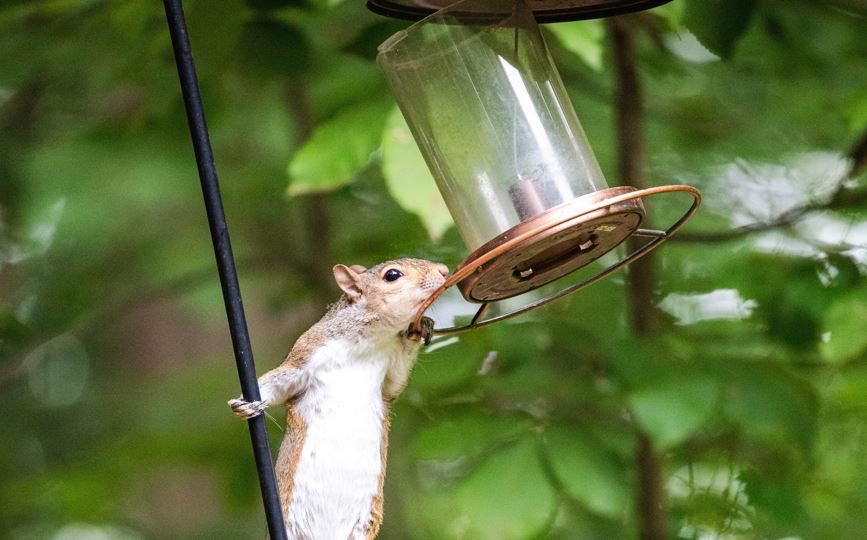
Humane Possum Removal Tips
Need to get rid of nuisance possom? Despite having several pointy teeth, possums have proven not to be a threat to humans. They don’t bite and they are seemingly resistant to rabies, so as far as nocturnal creatures go, they aren’t the worst ones to have around. That being said, you probably don’t want them taking up residence in your home either. Humane wildlife removal is important. Here are some tips on how to humanely control your possum population.
1. See a Possum? Stay Calm
When it comes to possum removal, even if one gets into your home, you do not need to panic. Possums are generally docile creatures, so if one crawls through your doggy door, you should be able to gently usher him out by lightly nudging him on his way with a broom.
2. Check for Residents
If you think you have a possum living under your deck or patio, the best way to find out is to fill the hole loosely with soil, newspaper, leaves, or another similar material. If the possum is there, it will push its way through the material and leave the hole. If, though, the materials have not been disturbed for two or three days, it is probably safe to assume that no one is living there.
3. Wait It Out
If you are certain that there is a possum living under your deck, wait about two or three hours after dark to ensure that it has left. Then, double check the hole to make sure that there are no babies left behind. Possums generally take their children with them wherever they go, so the hole should be empty, but you never know… best to double check to be on the safe side!
4. Fill the Hole
When you’re sure there are no possums present under your deck or patio, fill the hole with the same materials that you would use in the second tip above. This ensures that the hole is properly closed up but that if, for any reason, you missed someone living inside, it can still get out safely. A possum that has left the den but that returns later on won’t bother with the hole if it sees that said hole has been closed up, and it will ultimately seek shelter elsewhere.
5. Incorporate an “L” Footer
“L”-shaped footers are fences that you can put up around decks, crawl spaces, or similar outdoor areas where possums may take up shelter. You can make them yourself with fencing material or purchase one from the store. These fences are typically about a foot deep and extend out at a 90-degree angle for about a foot or more. The “L” footer works as a barrier to possums who are prone to digging underneath fences.
6. Fence, Not Trap
If you choose to install the “L” footer, take care that you are not trapping a possum, rather than keeping him out. The best way to do this is to leave a gap when you’re setting up the fence, then fill that gap with the same materials mentioned in the second step above. Monitor the gap for a few days to see if the materials have been moved. If not, then you can finish installing the fence.
You may still want to keep an eye out for a few days after installation to be absolutely sure that no-one is trapped inside. One-way doors may also be useful so that a trapped possum can leave but can’t come back.
7. Can We Trap?
There’s something to be said for the time-honored tradition of trapping an animal to remove it from the home. Nowadays there are plenty of humane traps on the market that will let you lure the possum in so that you can release it back into the wild. However, be sure to check local laws to double check if this practice is actually legal within your area.
You’ve Rid the Possom!
There is no need to be afraid of possums, as they are rather docile creatures, though you may not want one as a pet anytime soon either. Following the tips above should help you safely return the possum from your home back into the wild where it belongs.
If you need more help removing possom from your property, contact Halton Wildlife today!
Photo Credit: © Bsheridan1959 | Dreamstime.com




